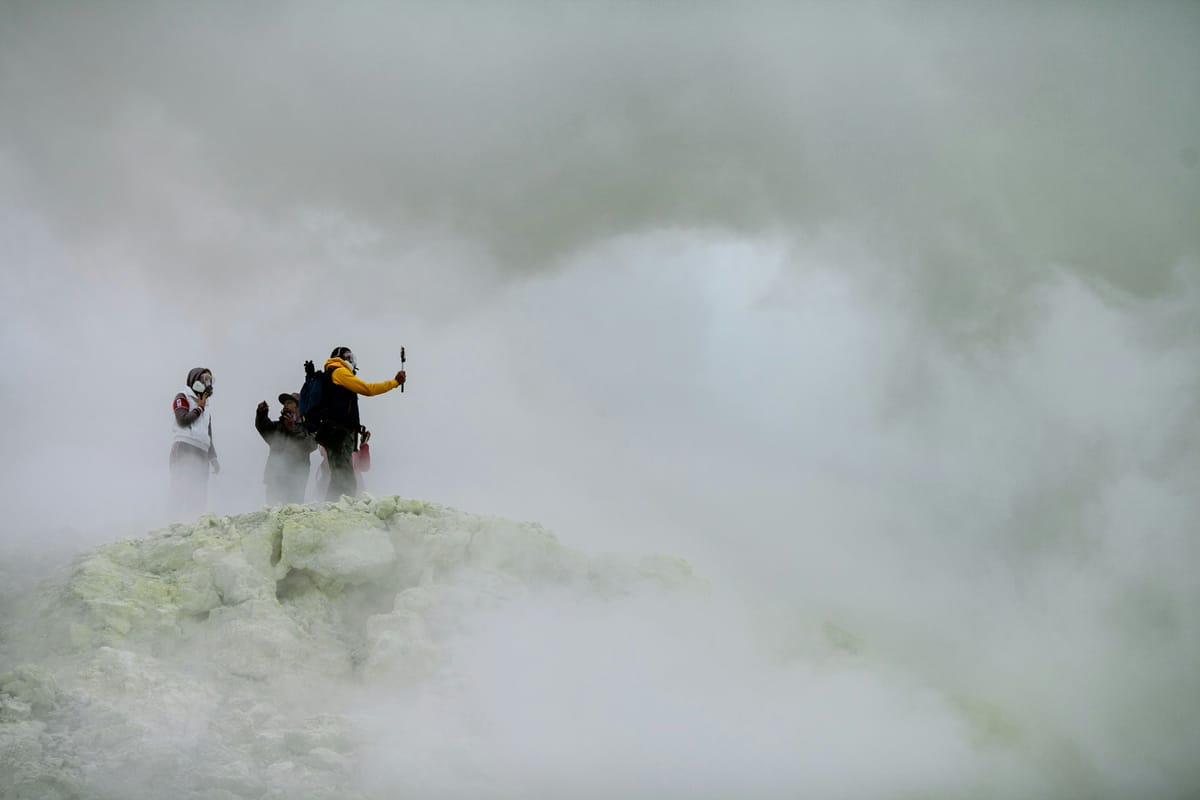What kind of face mask should I wear?

Which mask you wear will depend on your proximity to the fire and the kind of fire that took place. If you will be on site where structures burned, you absolutely will need to wear a P100 (and other protective equipment). If you are further away or only occasionally outside, you may be able to get by with an n95. To make the decision that's right for you, learn more about your options below.
There are several options which range from completely useless to highly protective against wildfire pollutants.
The first group includes cloth and regular surgical face masks. They are helpful for limiting the spread of droplets, which can harbor viruses, which we saw during the COVID pandemic. However, these face masks provide neither the seal nor filtration needed to block out particulate matter or gases.
Next, you have the KN95 and n95 masks. Both are very similar in that they have a high filtration efficiency score, with the n95 being closer to 95% and the KN95 up to 80%. However an n95 can provide a better seal against your face when fitted properly, so they can be more effective than the KN95. The n95 is approved for use in the US by NIOSH. The KN95 is not but it is approved in other countries. However, despite the effectiveness of an n95 during a viral pandemic, it does protect against extremely fine PM and gases .
For asbestos and lead and other fine particulate matter (which can be released when structures burn), you will want a p100. These come as disposable respirators as well as the half face respirator with cartridges. For VOCs and other gases/chemicals, only the half face respirator w/ cartridge will work. You will need to buy the corresponding cartridge that will filter out gases. It’s difficult to tell what gases are present, so depending on your risk tolerance, you may want to go with the cartridge that has the maximum protection. There are cartridges that will simultaneously address both p100 and certain VOCs/chemicals/gases.
There are different options for the half face respirator, but a good starting point is the 3M 6000 series. The cartridges you will want could be any of the following: 60922, 60923, 60926, and 60928, as they provide against a broad swath of chemicals, vapors, and particulates. (For a full guide see the 3M Cartridge and Filter Guide.)
So which mask should you get? For the risk averse, definitely go with a P100 (either disposable or the half-face respirator). The respirator can be bulky and heavy to wear, but I personally did not find it uncomfortable. Thanks to the valve, breathing was very easy. It also has the added benefit of being both reusable and filtering out odors (which is great for other things too, like when you're opening a compost bin). The respirator is relatively inexpensive ($15-20) but the cartridges will set you back closer to ($30-40). Also, they tend to be more difficult to acquire from your local stores, as most only carry certain models or have limited supply on hand. Disposable P100 masks can similarly be difficult to find, and at the time of this writing, cost about $17 a piece and requires a 2-week shipping period from Amazon.
For most other people, an n95 that's properly fitted should be enough in terms of balancing acquisition costs and accessibility and convenience. (They're no longer as difficult to obtain as during the beginning of COVID in 2020.) Wearing an n95 as you're going out to the car, walking into the grocery store, etc is probably the extent that one can rely on their n95. If you belong to a vulnerable population (i.e. you have chronic breathing problems), certainly go with a P100 and consult your physician.
Disclaimer: As always, please rely on the guidance from government authorities and consult your physician for medical advice. This article is based on academic research studies, CDC guidelines, and the author's experience of living near the 2025 Palisades fire.
Lan Le researches and writes helpful content at Beyond the Smoke. He also works with healthcare publications and public health foundations to deploy responsible AI tools. He studied Human Biology at Stanford University and earlier in his career, was a public health fellow with the CDC.